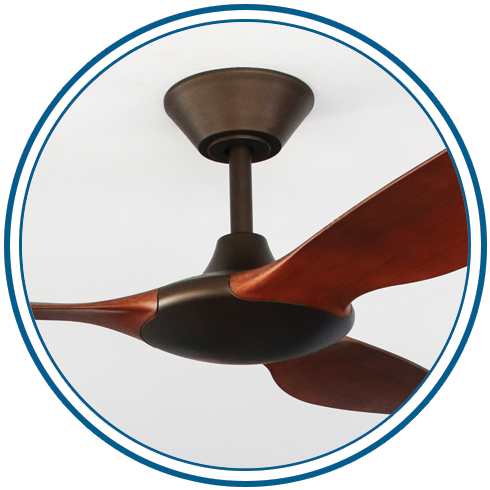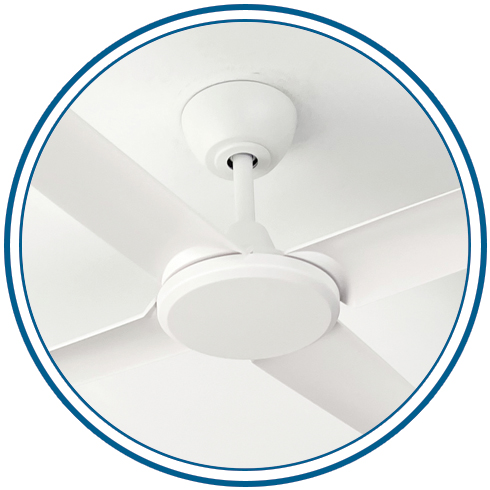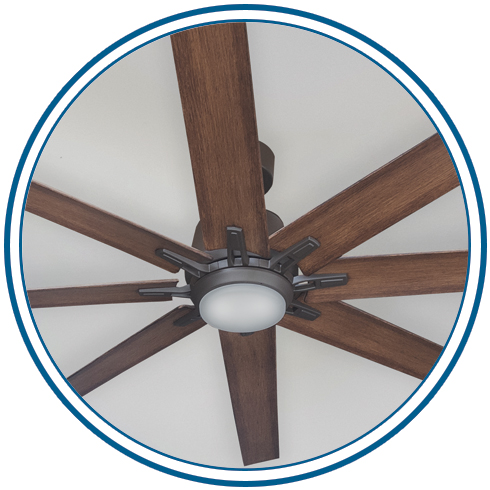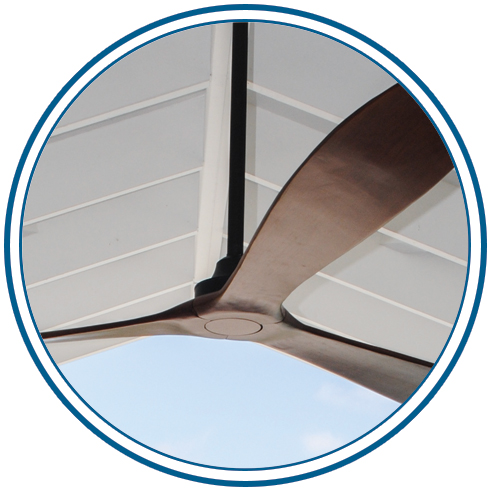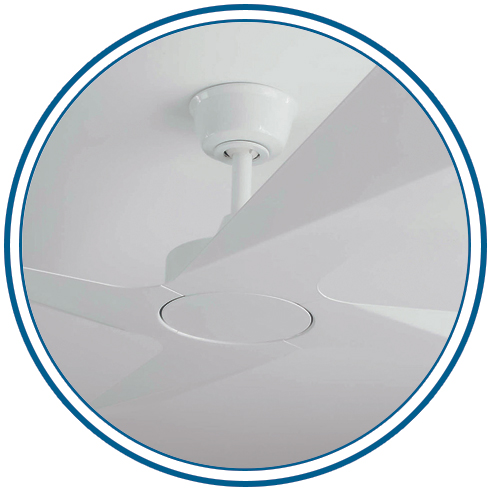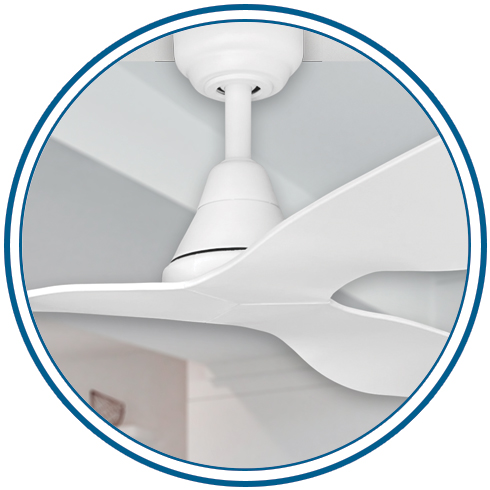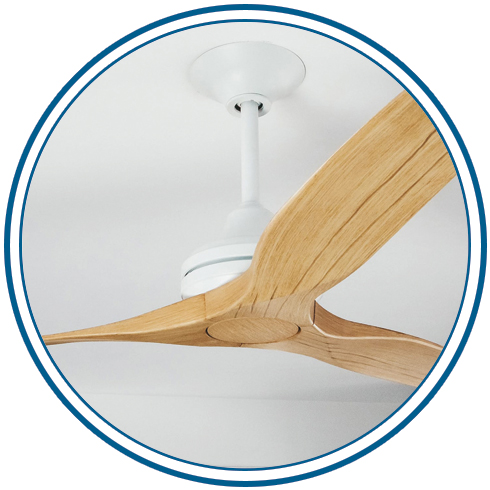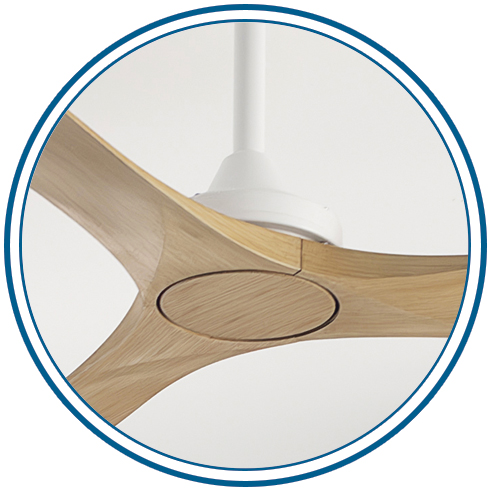
Compare Ceiling Fans by Airflow
Want to know how much air your ceiling fan moves? We’ve published our Airflow Volume rating for every model to help you find the ceiling fans that move the most air. Airflow volume is calculate based on Cubic Meters per Hour (CMH) and can be useful to find a ceiling fan that will adequately cool larger spaces.
Airflow Volume
Airflow volume is the standard ceiling fan performance measurement used; our models are listed below from highest airflow volume to lowest for your considerations.
Without experiencing a ceiling fan in person, it can be quite complicated to understand what type of performance and cooling you might expect. The standard published figure in Australia is Airflow Volume in Cubic Meters per Hour (CMH). While this figure is useful to show how much air a ceiling fan will move, it does not paint the entire picture. Ceiling fans that move very high volumes of air are good choices for larger spaces that require distributed airflow, and also complement air-conditioned spaces by better circulating the cooler air to reduce the strain on your system (and subsequently lower running costs).
For many people, the amount of wind directly below the fan is the critical deciding factor as that is how your ceiling fan will keep you cool. If this sounds like you, you may wish to Compare Ceiling Fans by Breeze instead or read our Ceiling Fan Performance Guide.
The 100″ Kirra DC ceiling fan skews these charts heavily – it has been designed to move large volumes of air and is extremely effective in large enclosed spaces. However, it has highly specific use cases.
You may also be interested in:



